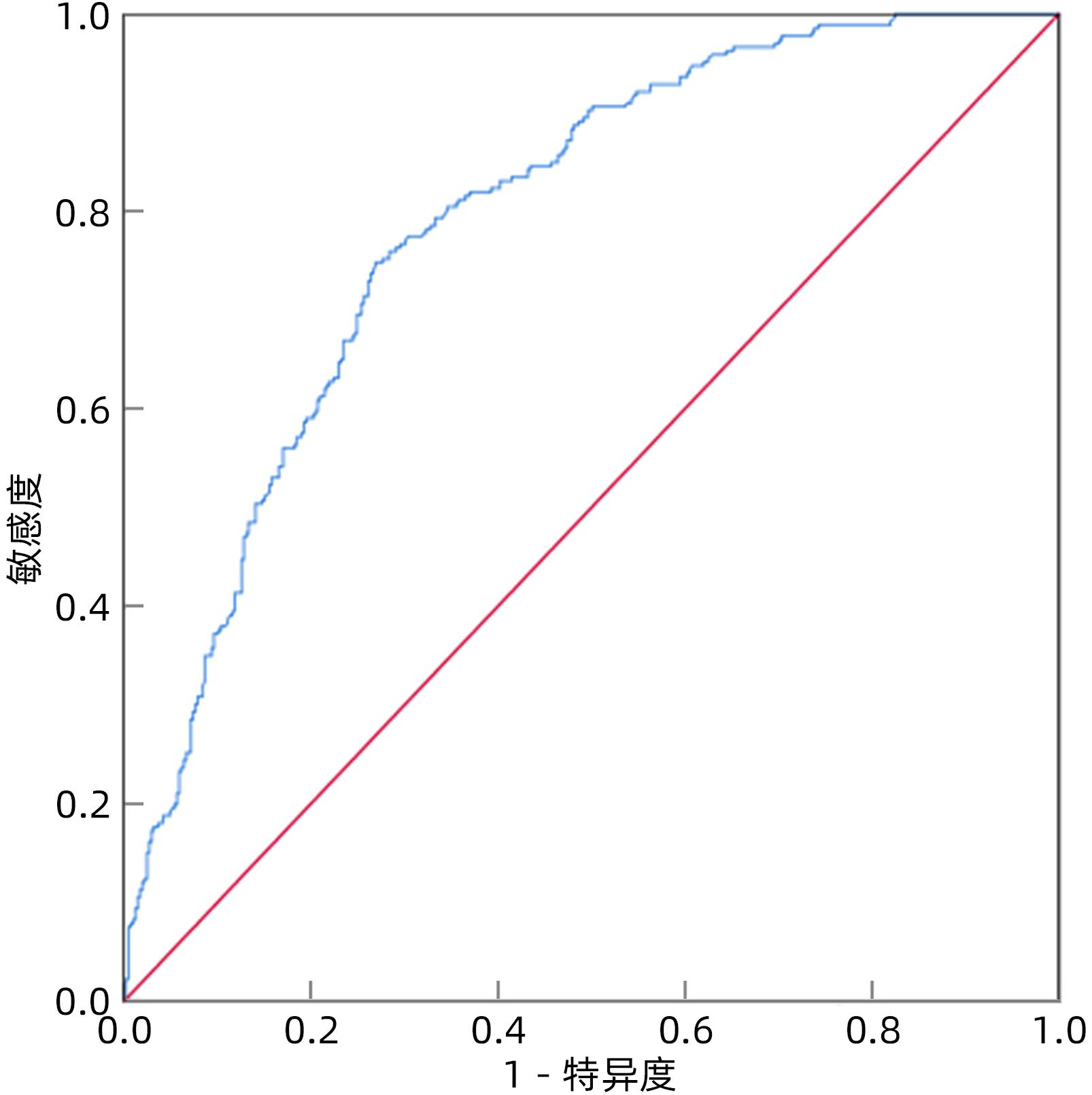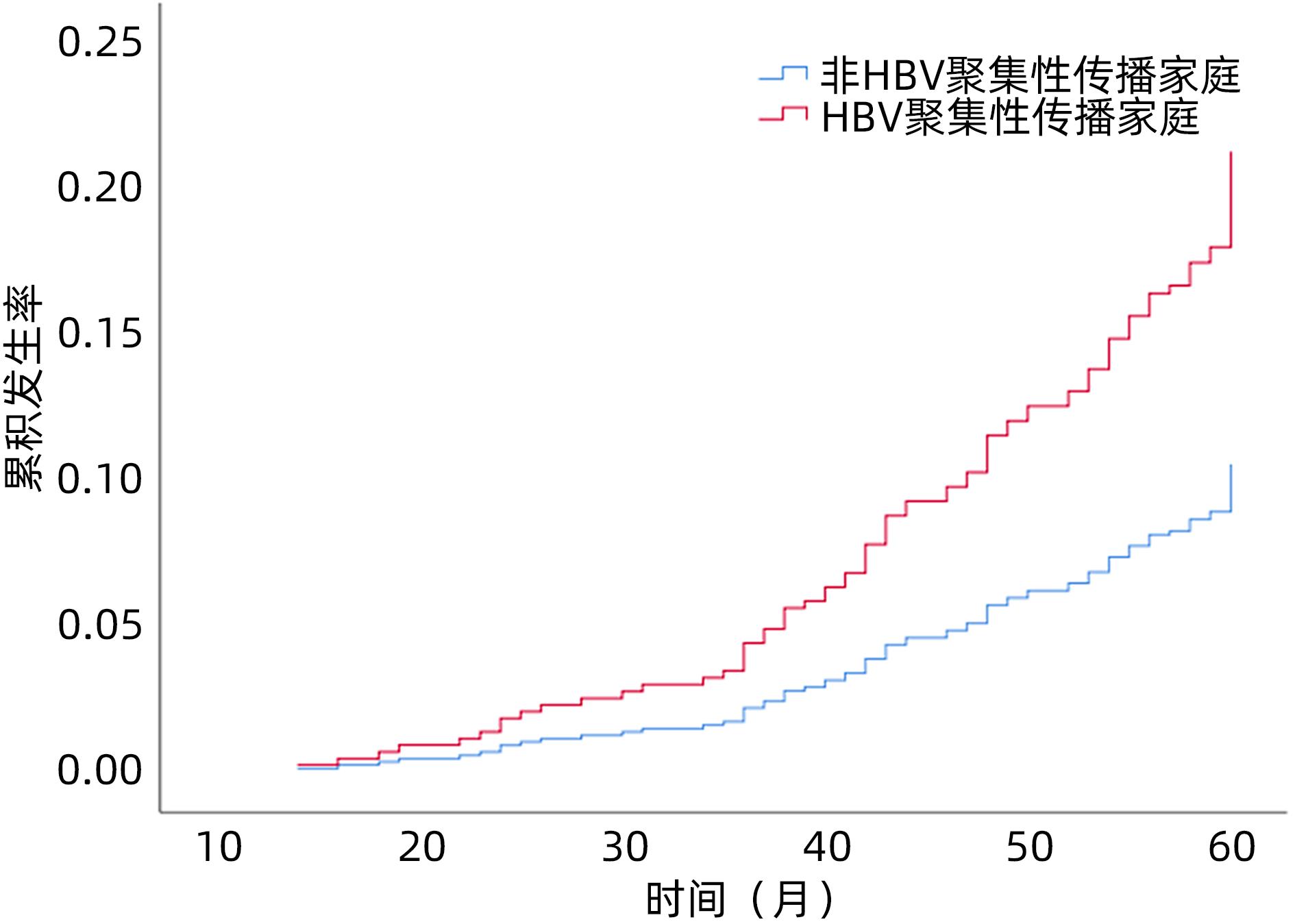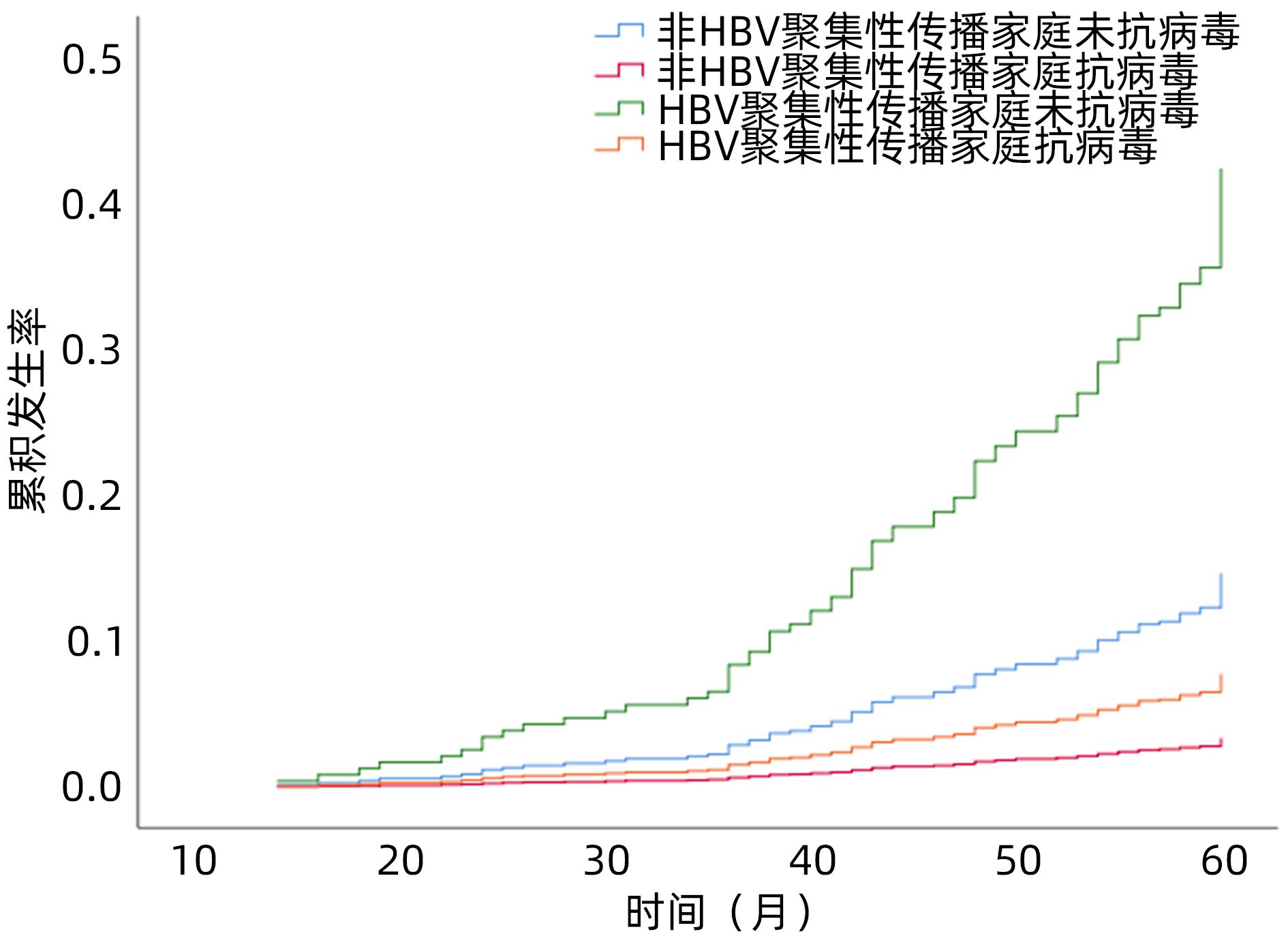| [1] |
TAN M, BHADORIA AS, CUI F, et al. Estimating the proportion of people with chronic hepatitis B virus infection eligible for hepatitis B antiviral treatment worldwide: a systematic review and meta-analysis[J]. Lancet Gastroenterol Hepatol, 2021, 6( 2): 106- 119. DOI: 10.1016/S2468-1253(20)30307-1. |
| [2] |
Chinese Society of Infectious Diseases, Chinese Medical Association; Chinese Society of Hepatology, Chinese Medical Association. Guidelines for the prevention and treatment of chronic hepatitis B(version 2019)[J]. J Clin Hepatol, 2019, 35( 12): 2648- 2669. DOI: 10.3969/j.issn.1001-5256.2019.12.007. |
| [3] |
YANG Y, JIN L, WANG J, et al. Study of molecular epidemiology in families with clusters of hepatitis B virus infection and unfavorable outcome[J]. Chin J Infect Dis, 2016, 34( 9): 540- 544. DOI: 10.3760/cma.j.issn.1000-6680.2016.09.006. |
| [4] |
ZHANG RL, WANG MY, CHEN QY, et al. Study on the risk factors related vertical transmission of HBV positive couples to their infant[J]. Chin J Epidemiol, 2012, 33( 12): 1283- 1287. DOI: 10.3760/cma.j.issn.0254-6450.2012.12.020. |
| [5] |
HUANG Y, WANG W, ZHANG CH, et al. Hepatitis B infection and hepatitis B knowledge and behavior among families with hepatitis B surface antigen positive individuals in Guangzhou[J]. Chin J Vacc Immu, 2021, 27( 2): 187- 190. DOI: 10.19914/j.CJVI.2021027. 黄勇, 王雯, 张春焕, 等. 广州市乙型肝炎表面抗原阳性家庭乙型肝炎感染和乙型肝炎相关知识与行为调查[J]. 中国疫苗和免疫, 2021, 27( 2): 187- 190. DOI: 10.19914/j.CJVI.2021027. |
| [6] |
Chinese Society of Hepatology and Chinese Society of Infectious Diseases, Chinese Medical Association. The guideline of prevention and treatment for chronic hepatitis B: a 2015 update[J]. J Clin Hepatol, 2015, 31( 12): 1941- 1960. DOI: 10.3969/j.issn.1001-5256.2015.12.002. |
| [7] |
MIN DY, HUANG WY, YANG JY, et al. Familial aggregation of hepatitis B virus infection and its influence factors in minority areas of Guizhou province[J]. China Public Health, 2016, 32( 2): 183- 187. DOI: 10.11847/zgggws2016-32-02-15. |
| [8] |
Chinese Society of Hepatology, Chinese Medical Association. Chinese guidelines on the management of liver cirrhosis[J]. J Clin Hepatol, 2019, 35( 11): 2408- 2425. DOI: 10.3969/j.issn.1001-5256.2019.11.006. |
| [9] |
General Office of National Health Commission. Standard for diagnosis and treatment of primary liver cancer(2022 edition)[J]. J Clin Hepatol, 2022, 38( 2): 288- 303. DOI: 10.3969/j.issn.1001-5256.2022.02.009. |
| [10] |
PANG XH, WANG H, MA JX, et al. Study on family aggregation and risk factors of hepatitis B virus transmission in Chaoyang district, Beijing[J]. Chin J Prevent Med, 2012, 46( 9): 818- 821. DOI: 10.3760/cma.j.issn.0253-9624.2012.09.009. |
| [11] |
BU SH, HUANG WY, WANG JH, et al. Study on association of family structures with family aggregation of hepatitis B virus infection in 1115 households in Guizhou province[J]. J Guizhou Med Univ, 2019, 44( 6): 658- 663. DOI: 10.19367/j.cnki.1000-2707.2019.06.008. |
| [12] |
XIE ZY, FEI Y, YANG T, et al. Epidemiological investigation of hepatitis B virus infection and analysis of virus mutations in hepatitis B surface antigen positive students and their first-degree relatives[J]. Acad J Second Military Med Univ, 2019, 40( 1): 54- 60. DOI: 10.16781/j.0258-879x.2019.01.0054. |
| [13] |
BU SH, HUANG WY, WANG JH, et al. Risk factors of family aggregation with hepatitis B virus infection in minority areas of Guizhou province using multilevel statistical model[J]. J Guizhou Med Univ, 2019, 44( 4): 447- 452. DOI: 10.19367/j.cnki.1000-2707.2019.04.014. |
| [14] |
KONG Y, DING ZR, LUO M, et al. Investigation on risk factors of the hepatitis B virus infection by logitstic regression in Yunnan province[J]. Chin J Vacc Immu, 2012, 18( 2): 123- 126, 152.
孔毅, 丁峥嵘, 罗梅, 等. 云南省乙型肝炎病毒感染危险因素Logistic回归模型分析[J]. 中国疫苗和免疫, 2012, 18( 2): 123- 126, 152.
|
| [15] |
WU X, XU TT, SHEN LD, et al. Cancer-related risk factors in remote and minority areas of Yunnan province[J]. J Kunming Med Univ, 2019, 40( 10): 77- 80.
吴夕, 徐婷婷, 沈丽达, 等. 云南省贫困、偏远、少数民族聚集地区癌症相关危险因素现状调查[J]. 昆明医科大学学报, 2019, 40( 10): 77- 80.
|
| [16] |
LU W, ZHOU Y, XIE JX, et al. Epidemic survey of family clustering risk factors for hepatitis B in Shanghai area[J]. Acad J Second Military Med Univ, 2009, 30( 10): 1162- 1165. DOI: 10.3724/SP.J.1008.2009.01162. |
| [17] |
LI YW, DOU XG. Focus on the special population with hepatitis B virus infection: Early diagnosis, early treatment, and early benefits[J]. J Clin Hepatol, 2022, 38( 11): 2441- 2443. DOI: 10.3969/j.issn.1001-5256.2022.11.001. |
| [18] |
ZHOU HK, JIANG JN, SU MH, et al. Efficacy of entecavir versus tenofovir disoproxil fumarate in treatment of chronic hepatitis B patients with high viral load[J]. J Clin Hepatol, 2022, 38( 3): 532- 536. DOI: 10.3969/j.issn.1001-5256.2022.03.008. |

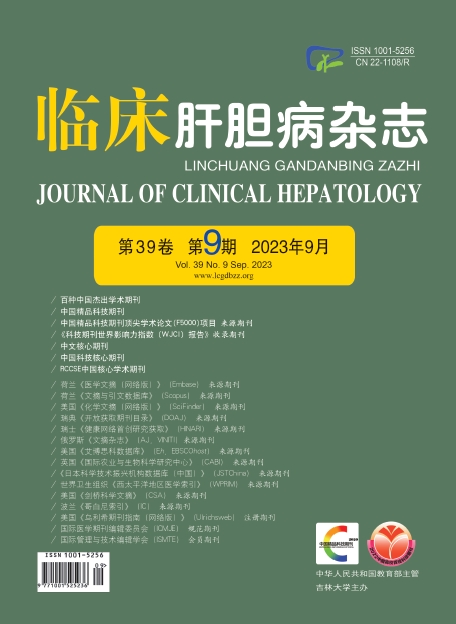

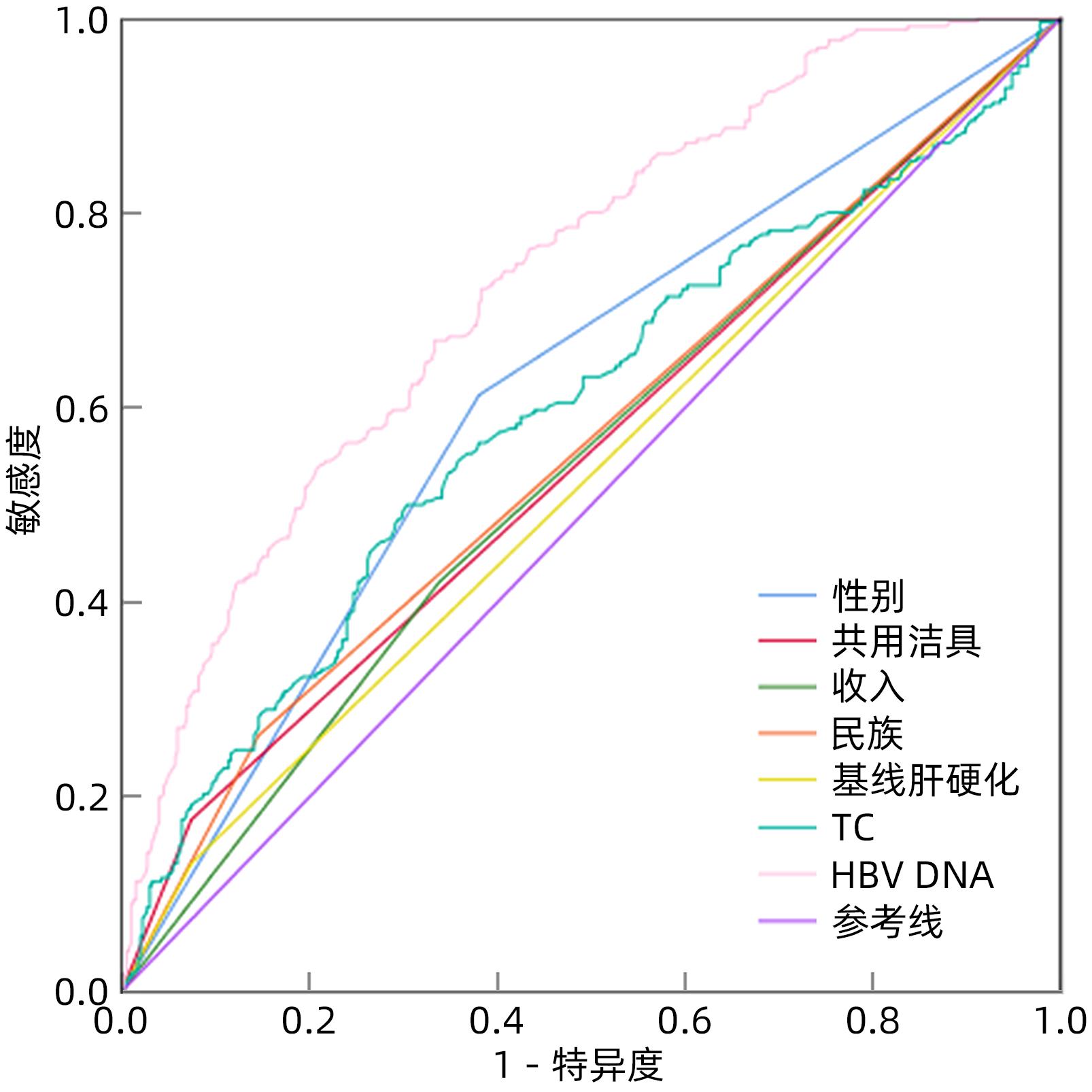




 DownLoad:
DownLoad:
